What do candidates on the Bench Fitting Workshop Skills course actually do?
The Engineering Skills course begins with a brief reminder of the Health and Safety issues of working in an engineering workshop. Candidates are then shown how to use a range of measuring instruments such as steel rules, vernier callipers, micrometer and dial gauges. Practical exercises have been prepared that require the candidates to determine various sample vernier readings, proving that the instruments are being interpreted correctly.
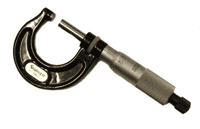 |
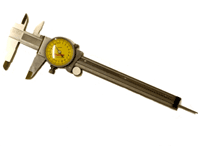 |
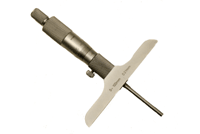 |
Candidates use micrometers on the bench fitting course |
Candidates use vernier callipers on the bench fitting course |
Candidates use depth gauges on the bench fitting course |
Engineering drawings are viewed and evaluated to determine which system of drawing projection has been used (first angle or third angle). The following are some example pages from the course notes for this stage of the bench fitting course, describing how scribing blocks are used to mark out accurately, how engineering drawings depict mechanical components in the various projections and how holes should be marked out for accuracy:
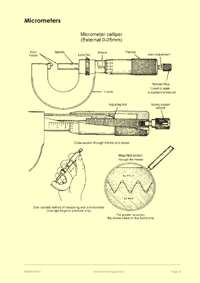 |
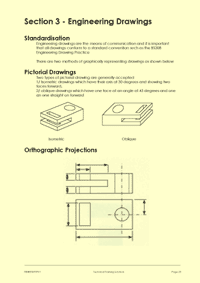 |
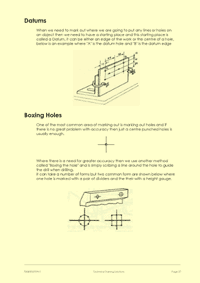 |
Page 13 of the course notes for the bench fitting course, describing how micrometers should be used |
Page 23 of the course notes for the bench fitting course, describing how engineering drawing projections are used to depict mechanical components |
Page 27 of the course notes for the bench fitting course, describing the procedures used for marking out holes accurately |
This leads on to a number of marking out exercises on aluminium and silver steel components. We use dividers, scribing blocks and callipers (amongst other tools) for this.
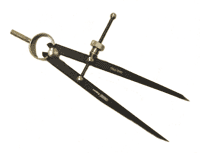 |
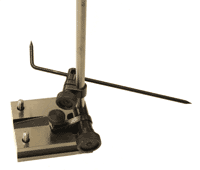 |
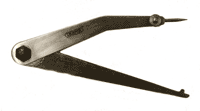 |
Candidates use dividers on the bench fitting course |
Candidates use scribing blocks on the bench fitting course |
Candidates use callipers on the bench fitting course |
Metal components have to be cut and filed using hand tools to produce datum edges. We use scribers, punches, saws, hammers and files (amongst other tools) for this.
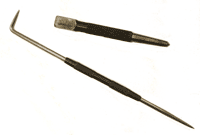 |
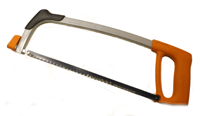 |
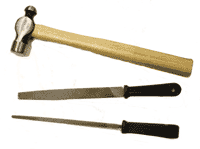 |
Candidates use scribers and punches on the bench fitting course |
Candidates use saws on the bench fitting course |
Candidates use hammers and files on the bench fitting course |
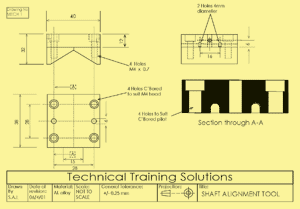
Holes have to be accurately marked out and later drilled and tapped with metric threads.
After assembly of the manufactured components, some holes have to be reamed to ensure a good engineering fit to ground steel locating dowels.
The object of the exercise is to produce a test piece that the candidates can use in the workplace for shaft alignment.
The manufacture of the alignment tool test piece will take several hours to complete, and brings into play the interpretation of drawings and the hand tool skills previously gained.
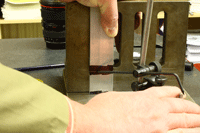 |
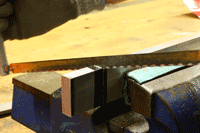 |
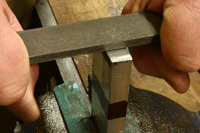 |
Candidates marking out the first part of the V Block on the bench fitting course |
Candidates sawing off the base of the V Block on the bench fitting course |
Candidates filing off square the bottom part of the V Block on the bench fitting course |
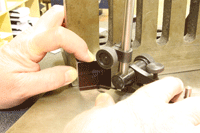 |
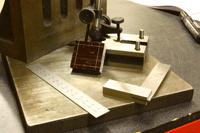 |
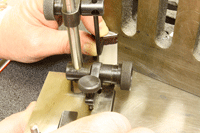 |
Candidates marking out the position of the holes in the V Block on the bench fitting course |
The base of the V Block with the holes all marked on the bench fitting course |
Candidates marking out the second part of the V Block on the bench fitting course |
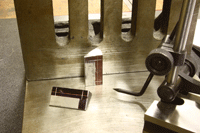 |
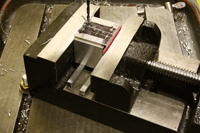 |
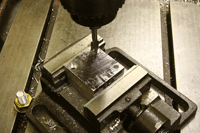 |
The upper parts of the V Block with the holes all marked on the bench fitting course |
The upper parts of the V Block being drilled out on the bench fitting course |
The bottom part of the V Block being counterbored on the bench fitting course |
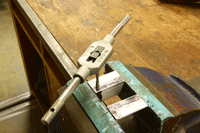 |
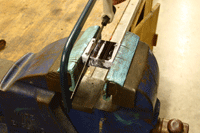 |
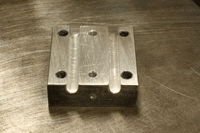 |
The upper parts of the V Block being threaded on the bench fitting course |
The bottom part of the V Block being channelled out using saws and files on the bench fitting course |
The finished bottom part of the V Block on the bench fitting course |
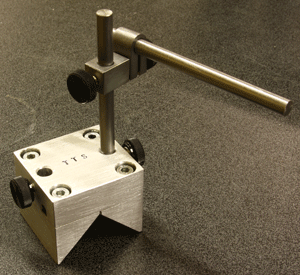
The finished V Block.
Some candidates progress further than others through this exercise. The V Block shown here has had some additional parts manufactured for it which candidates that make a lot of progress have the time to do.
However all candidates must produce a finished item that complies with the diagram.
While the candidates are completing the test piece, they are given other projects to complete such as thread identification and an exercise in applying the correct tightening torque to flanged joints. Candidates are kept extremely busy due to the intensely practical nature of this part of the course.
The following are some example pages from the course notes for this stage of the bench fitting course, describing the common screw threads encountered on industrial machinery and how drive shaft keyways should be fitted:
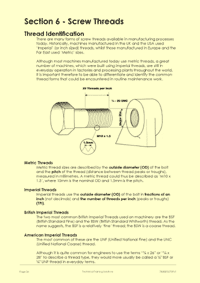 |
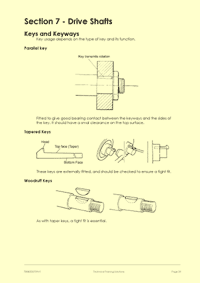 |
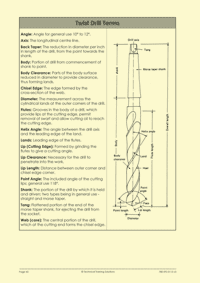 |
Page 36 of the course notes for the bench fitting course, describing the various screw threads commonly encountered on industrial machinery |
Page 39 of the course notes for the bench fitting course, describing how drive shaft keyways work |
Page 42 of the course notes for the bench fitting course, describing how drill bits are designed |
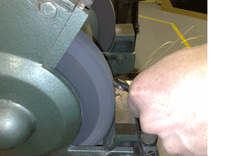
The final exercise is an opportunity for candidates to learn the fundamentals of drill sharpening: a valuable experience to enable a better understanding of how rake and clearance angles on a twist drill affect the finish and accuracy when drilling through different materials.
If you would like to see some of the equipment used on the bench fitting course for yourself, then please call us to arrange a visit to our offices in Kent. Alternatively, we can visit you anywhere in the British Isles.


